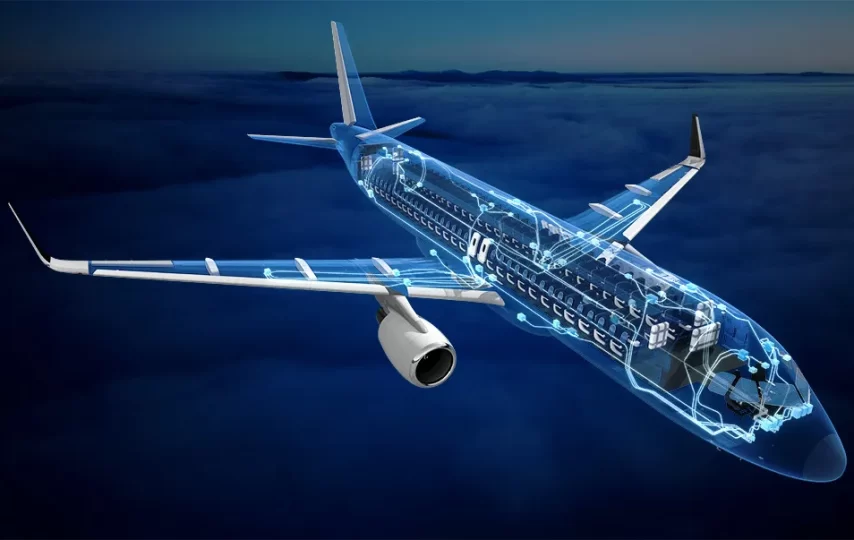Where precision and safety are paramount, the small pressure vessel plays an indispensable role. These compact yet robust containers, often crafted from stainless steel pressure vessels, are essential for various aerospace applications.
From storing pressurized gasses to hydraulic fluids, their functionality extends across propulsion systems, life support mechanisms, and beyond. In this exploration, we delve into the significance of the small pressure vessel in aerospace, particularly focusing on their construction, applications, and the pivotal role they play in ensuring mission success and crew safety.
Understanding Small Pressure Vessels
Thesmall pressure vesselis meticulously designed to withstand extreme conditionsin aerospace environments.
Constructed from materials like stainless steel pressure vessel renowned for their high tensile strength, corrosion resistance, and durability, these vessels offer exceptional reliability under intense pressure and fluctuating temperatures.
Their compact size makes them versatile, fitting seamlessly into the intricate architectures of spacecraft, aircraft, and satellites.
Applications in Aerospace
The applications of the small pressure vessel in aerospace are diverse and critical. Propulsion systems store fuels such as liquid oxygen and hydrogen, providing the necessary fuel for rockets to thrust beyond Earth’s atmosphere.
These vessels ensure the safe containment and controlled release of pressurized gases, enabling efficient propulsion while minimizing the risk of leaks or catastrophic failures.
Moreover, the small pressure vessel is integral to hydraulic systems, where they store hydraulic fluids essential for actuating various mechanisms such as landing gear, flight control surfaces, and cargo doors.
The precise control and transmission of hydraulic power rely on the reliability of these vessels, ensuring smooth and responsive operation throughout a flight.
In life support systems, the small pressure vessel plays a vital role in maintaining breathable air and regulating cabin pressure.
Whether in crewed spacecraft or pressurized aircraft cabins, these vessels store oxygen reserves, ensuring a continuous supply for life-sustaining activities. Additionally, they assist in regulating cabin pressure to mitigate the risks of altitude-related physiological issues, safeguarding the well-being of passengers and crew.
Safety and Reliability
The aerospace industry places paramount importance on safety and reliability, and the small pressure vessel is no exception.
Rigorous testing, quality control measures, and adherence to stringent regulations characterize their manufacturing processes.
Each vessel undergoes meticulous inspection and validation to ensure structural integrity, leak-tightness, and compatibility with mission requirements.
Furthermore, advancements in materials science and engineering techniques continuously enhance the performance and longevity of the small pressure vessel. Innovations in welding technologies, surface treatments, and alloy compositions bolster their resistance to corrosion, fatigue, and other degradation factors, extending their service life and reducing maintenance requirements.
Future Prospects and Challenges
As aerospace technologies evolve, the demand for small pressure vessel continues to grow, driven by the proliferation of space exploration missions, satellite deployments, and commercial air travel.
Future developments may see the integration of smart sensors and predictive maintenance systems, enabling real-time monitoring of vessel conditions and preemptive interventions to prevent failures.
However, challenges persist, particularly regarding weight optimization, as every additional kilogram incurs fuel consumption costs and limits payload capacity.
Balancing structural strength with lightweight design remains a constant endeavor, challenging engineers to innovate novel solutions without compromising safety or performance.
Conclusion
Thesmall pressure vessel constitutes an indispensable component in aerospace engineering, underpinning the safety, reliability, and functionality of various systems essential for mission success.
Crafted from materials like stainless steel, these compact containers embody the pinnacle of engineering prowess, ensuring the resilience and endurance required to withstand the rigors of space exploration and air travel.
As the aerospace industry ventures into new frontiers, the role of small pressure vessels will only continue to expand, cementing their status as indispensable assets in humanity’s quest for exploration and discovery.







